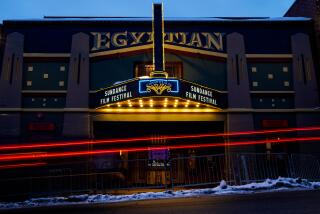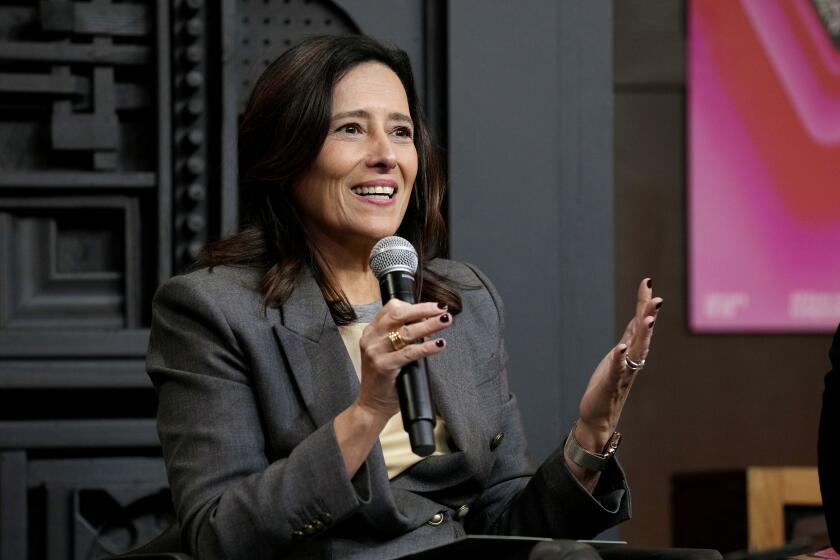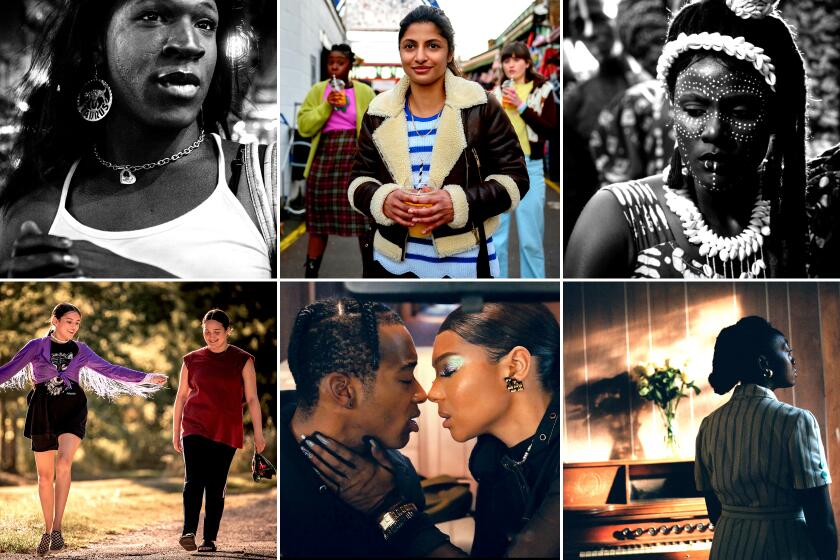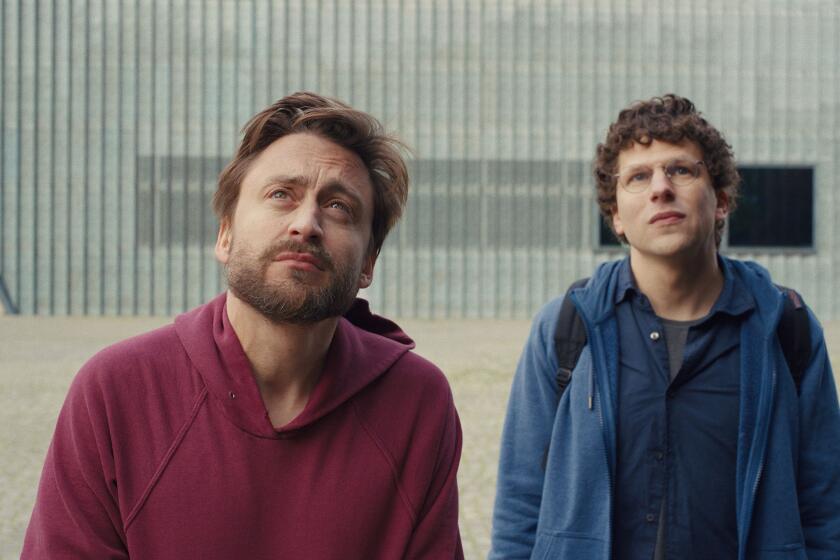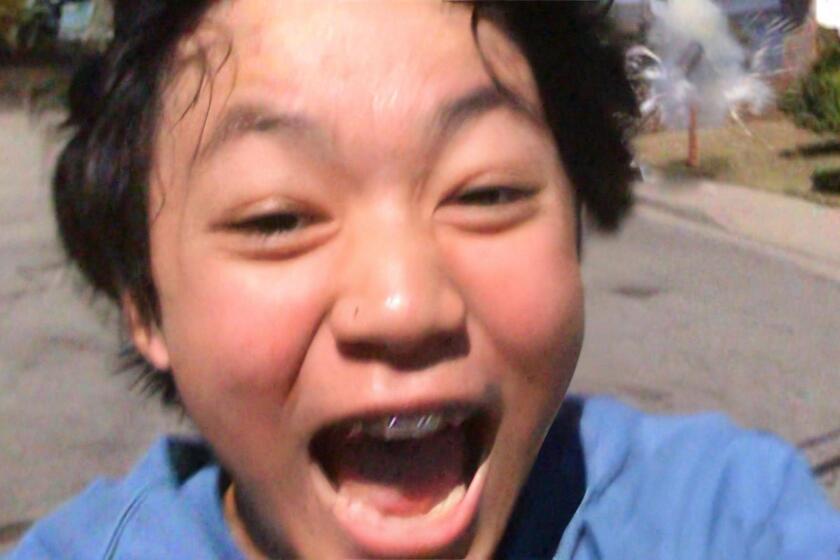The 2023 Sundance Film Festival lineup has arrived. Here are the highlights
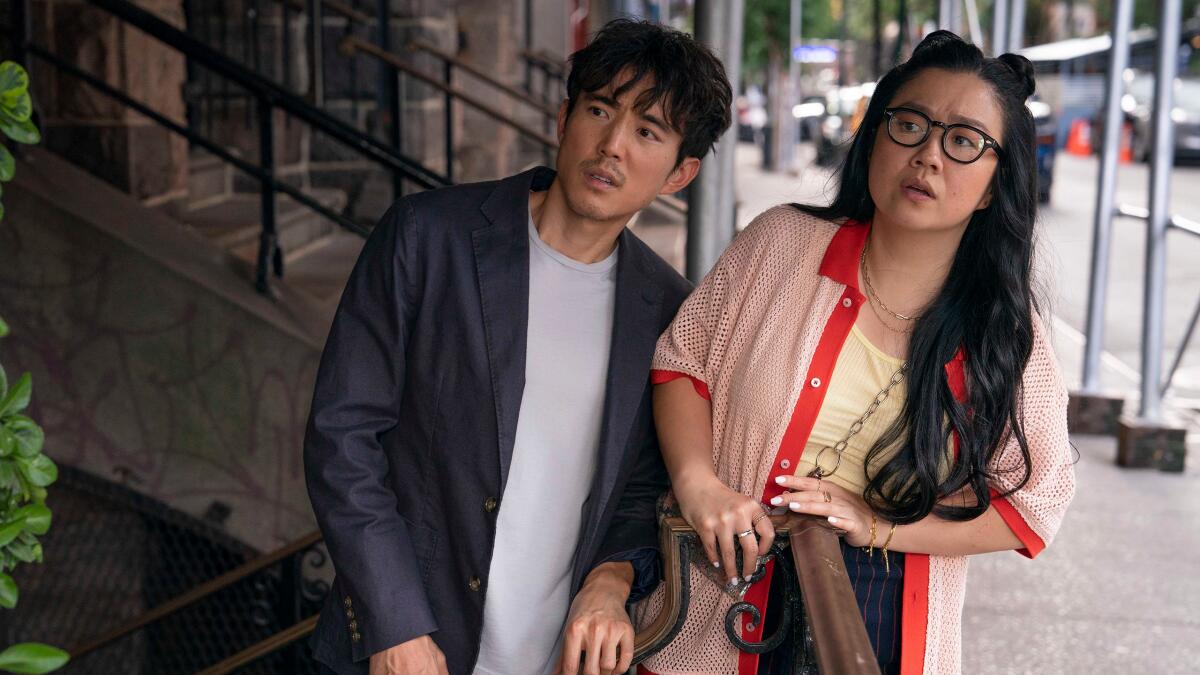
The path that led “CODA” and “Summer of Soul” to Oscars this year began when both won prizes at the 2021 Sundance Film Festival.
A new crop of films began its own march forward Wednesday, when Sundance announced the program for the 2023 festival — the first in-person gathering for the event since the pre-pandemic days of January 2020.
Organizers had planned to bring in-person screenings back at last year’s festival, but switched to an online-only event a few weeks before it was set to begin due to a COVID surge. So this year the festival — which runs from Jan. 19-29 — looks to be a mixture of a strong return and something new.
“The organization and the festival is a living organism. We need to adjust and adapt,” said Joana Vicente, marking her second festival as Sundance Institute CEO.
Among the titles this year are both fresh discoveries and new works from established talents. The stars with new films at Sundance 2023 are Anne Hathaway, Tiffany Haddish, Gael Garcia Bernal, Chiwetel Ejiofor and Julia Louis-Dreyfus.
Randall Park makes his feature directing debut as part of the U.S. dramatic competition with “Shortcomings,” an adaptation of the graphic novel by Adrian Tomine. Alice Englert, daughter of Jane Campion, makes her feature directing debut in the world cinema dramatic competition with “Bad Behaviour,” starring Jennifer Connelly and Ben Whishaw. Filmmaker Brandon Cronenberg, son of David Cronenberg, returns to the festival with “Infinity Pool,” starring Alexander Skarsgård and Mia Goth, as part of the midnight section.
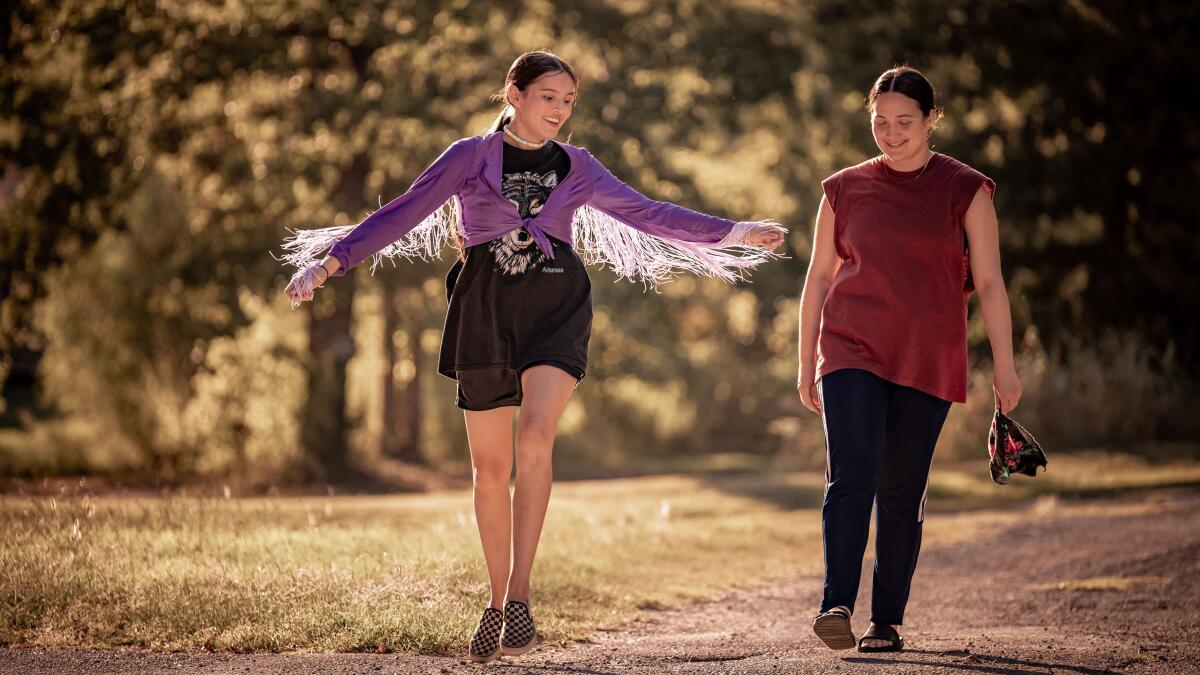
Other titles in the U.S. dramatic competition, the festival’s signature section, include Raven Jackson’s “All Dirt Roads Taste of Salt,” with the “Moonlight” team of Barry Jenkins and Adele Romanski among its producers; Chloe Domont’s “Fair Play,” starring Phoebe Dynevor and Alden Ehrenreich; Erica Tremblay’s “Fancy Dance,” starring Lily Gladstone; Elijah Bynum’s “Magazine Dreams,” starring Jonathan Majors; Maryam Keshavarz’s “The Persian Version,” starring Layla Mohammadi; and Rachel Lambert’s “Sometimes I Think About Dying,” starring Daisy Ridley.
Among the U.S. documentary competition, titles include Nicole Newnham’s “The Disappearance of Shere Hite,” Alejandra Vasquez and Sam Osborn’s “Going Varsity in Mariachi,” Sierra Urich’s “Joonam,” Kristen Lovell and Zackary Drucker’s “The Stroll,” and Nancy Schwartzman’s “Victim/Suspect.”
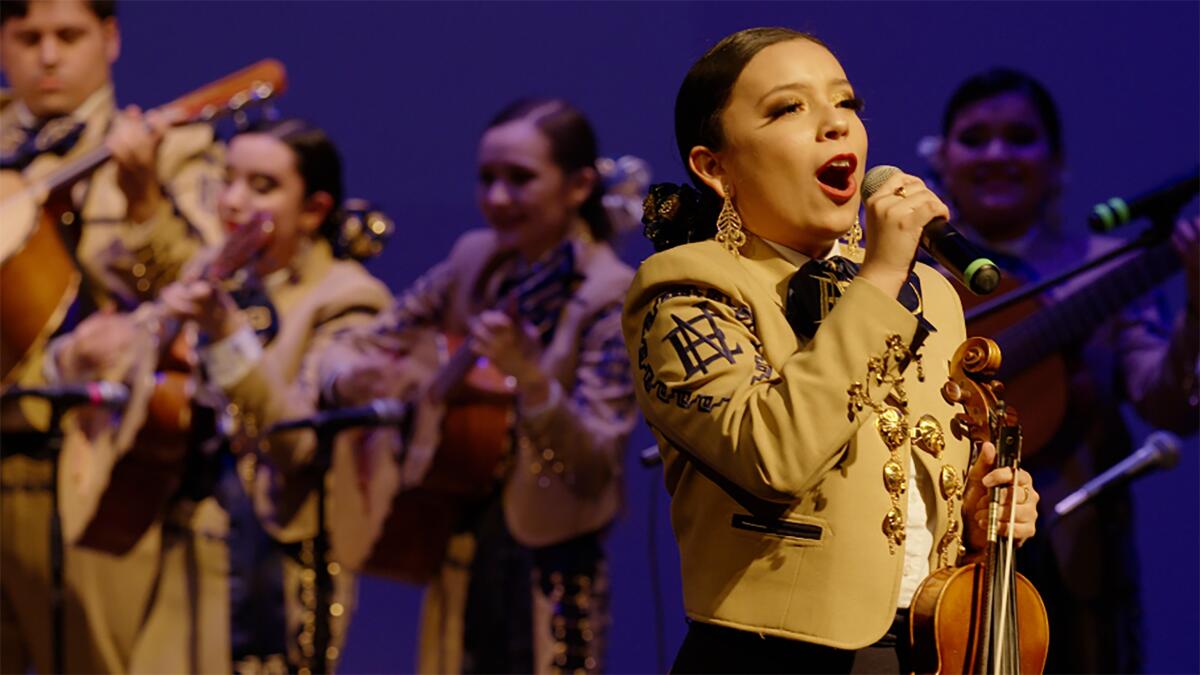
The premieres section typically features some of the festival’s highest-profile titles and biggest breakouts. This year’s selection includes Oscar-winning documentarian Roger Ross Williams’ first scripted feature, “Cassandro,” starring Gael Garcia Bernal; Susanna Fogel’s “Cat Person,” starring Emilia Jones and Nicolas Braun and based on the viral New Yorker short story by Kristen Roupenian; Anthony Chen’s “Drift,” starring Cynthia Erivo; and William Oldroyd’s “Eileen,” starring Thomasin McKenzie and Anne Hathaway.
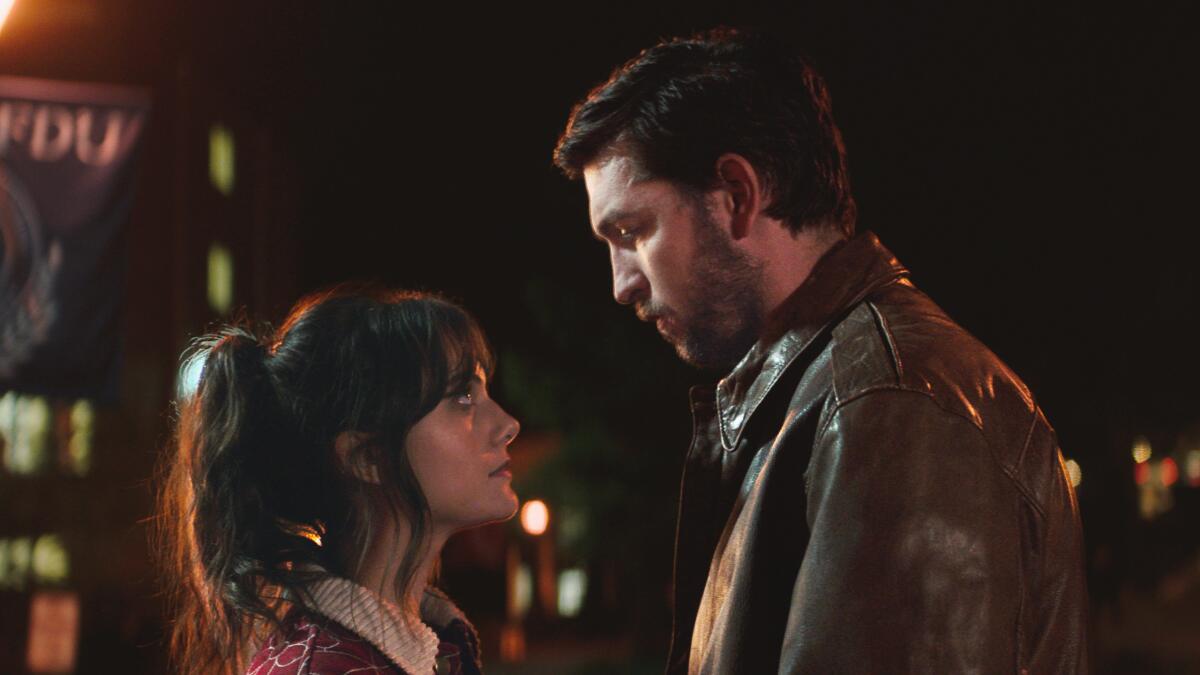
Other titles in the premieres section include Andrew Durham’s “Fairyland,” produced by Sofia Coppola; Cory Finley’s “Landscape with Invisible Hand,” starring Tiffany Haddish; Sophie Barthes’ “The Pod Generation,” starring Emilia Clarke and Chiwetel Ejiofor; and Nicole Holofcener’s “You Hurt My Feelings,” starring Julia Louis-Dreyfus.
The midnight section includes Laura Moss’ “birth/rebirth,” starring Marin Ireland; Jacqueline Castel’s “My Animal,” starring Bobbi Salvör Menuez and Amandla Stenberg; Nida Manzoor’s “Polite Society,” starring Priya Kansara; and Diana Reid’s “Run Rabbit Run,” starring Sarah Snook.
The NEXT section includes Eddie Alcazar’s “Divinity,” produced by Steven Soderbergh; David Redmon and Ashley Sabin’s documentary “Kim’s Video,” on the legendary New York City video store; and Babak Jalali’s “Fremont,” starring Anaita Wali Zada and Jeremy Allen White.
Celebrity portraits have been a strong feature of recent documentary programming, and this year’s offerings include Lisa Cortés’ “Little Richard: I Am Everything”; Amanda Kim’s “Nam June Paik: Moon is the Oldest TV”; Alexandria Bombach’s “It’s Only Life After All,” about the music group Indigo Girls; Davina Pardo and Leah Wolchok’s “Judy Blume Forever”; Lana Wilson’s “Pretty Baby: Brooke Shields”; and Davis Guggenheim’s “Still: A Michael J. Fox Movie.”
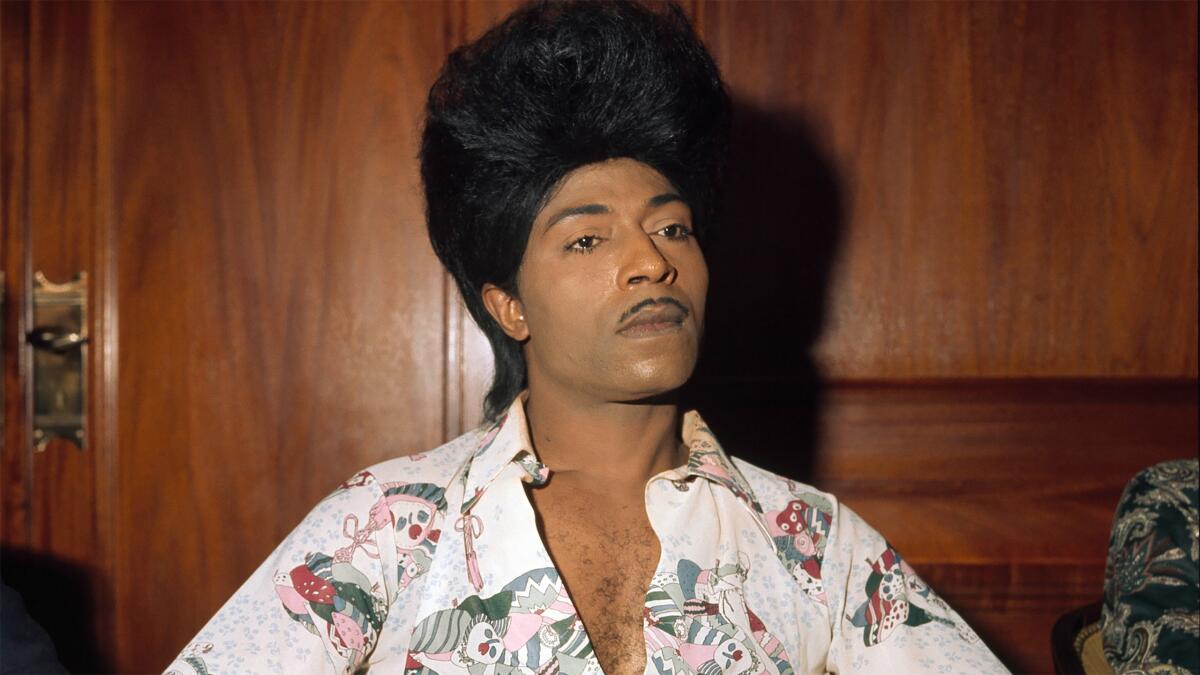
According to statistics provided by the festival, of the 101 feature films announced so far, 53% were directed by one or more filmmakers who identify as women, 5% by one or more filmmakers who identify as nonbinary, 45% by one or more filmmakers who identify as people of color, 20% by one or more filmmakers who identify as LGBTQ+ and 3% by one or more filmmakers who identify as a person with a disability.
These numbers top those from the previous three years. According to Kim Yutani, the festival’s director of programming, that is a natural outcome from how the programming team works.
“I think that speaks to just how organic the process is,” said Yutani. Noting that the 14 people on the year-round features programming team come from different backgrounds, Yutani added, “having that kind of variety of experiences in the room as we are talking through each film influences what we program.
“We’re also people who see thousands of films over years. And so we know what’s out there and what is different and what is special about a film and how it can perform at Sundance,” Yutani said. “Over the years we have become a place for filmmakers who are not part of the mainstream. They are indie filmmakers who are telling stories in a different way, and they know that Sundance is the place for them, because everybody knows that this is where you go to discover work that is not from the more typical points of view.”
For Vicente, those upward statistics on diversity and inclusion in the program point to something else.
“I think it speaks to where the most exciting films are coming from, from underrepresented areas,” said Vicente. “And those are the voices and the stories that are resonating with the team.”
The films in the four main competition slates will all be available online during the second half of the festival, along with a selection of other films from the program. This follows the tremendous success the festival had during the past two pandemic-affected years in building an audience beyond those who can travel to Utah.
“We think it provided us a great platform, giving us the ability of reaching audiences that maybe didn’t think Sundance was for them or that couldn’t afford coming to Sundance,” said Vicente. “It enables us to reach more diverse, younger audiences, from film students across the U.S. and independent film lovers, and also gives us a platform for industry and press internationally that maybe couldn’t afford to travel to Sundance.”
Even with the success of “CODA” and “Summer of Soul” and of breakout titles from the 2022 festival, including “Fire of Love,” “Watcher” and “Nanny,” the Sundance programming team can only make selections from the films submitted to them, which can make it difficult to lean into one pattern or another.
“We do take note of how it is that films are received, but in many cases we’re as surprised as other people are,” said senior programmer John Nein. “Certainly it can validate decisions that we make because the films speak to us. But it’s often surprising for us too.”
“We don’t come in with preconceived notions, but we look to see how the films that we’re seeing are speaking to the moment — and how do these films fit together as a slate of films,” Yutani said. “And I think this year, there’s nothing obvious about how we chose these films. They are films that are a product of what’s on artists’ minds in this moment.”
More to Read
Only good movies
Get the Indie Focus newsletter, Mark Olsen's weekly guide to the world of cinema.
You may occasionally receive promotional content from the Los Angeles Times.

